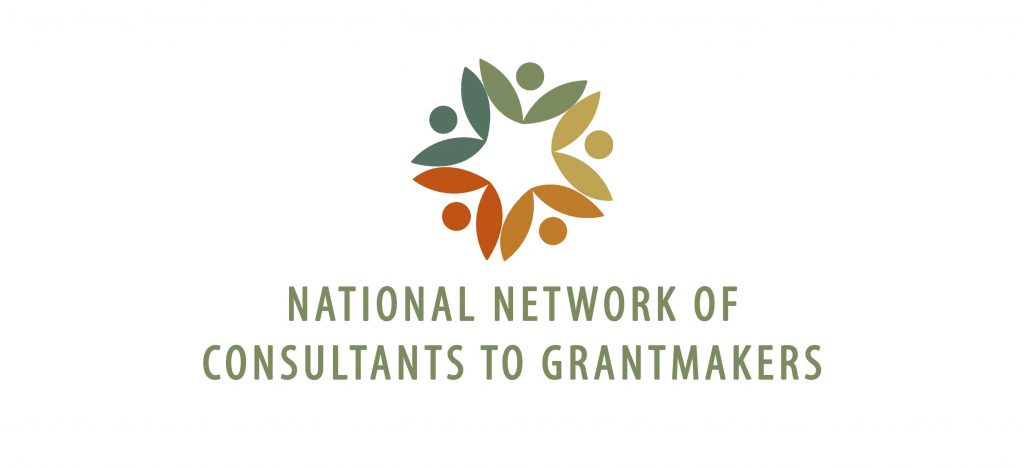 This is a guest post by Heather B. Hamilton, executive director of Elevate Children Funders’ Group, the leading global network of funders focused exclusively on the well-being and rights of children and youth. It was originally posted on The Center for Effective Philanthropy blog, and is shared here with permission.
This is a guest post by Heather B. Hamilton, executive director of Elevate Children Funders’ Group, the leading global network of funders focused exclusively on the well-being and rights of children and youth. It was originally posted on The Center for Effective Philanthropy blog, and is shared here with permission.
Follow Heather on Twitter at @heatherbrie and the Elevate Children Funders’ Group at @ElevateChildren.
There’s a growing recognition that many of the gains of the last quarter century for children, particularly for the most vulnerable and marginalized children, are stagnating or reversing. Increasingly, philanthropy has begun to understand that shifting money directly to the grassroots level, particularly for work led by children and youth themselves, holds significant potential to transform communities.
However, the sector has also begun to understand that this work is chronically underfunded. That’s why a group of donors coordinated by Elevate Children Funders Group, where I serve as executive director, set out last year to better understand current philanthropic practice to support child- and youth-led work at the community level.
Our Shifting the Field research — which was conducted with youth co-researchers and included a literature review; key informant interviews; focus groups; and online surveys with funders, child- and youth-led community-rooted groups themselves, and non-funders — found that many current philanthropic practices are unproductive or even detrimental to the very impact philanthropists seek. The research also identified six key ways that funders supporting child- and youth-led groups should shift their strategies and practices to achieve greater impact.
Respondents to our inquiries from child- and youth-led groups highlighted several problems with current philanthropic practice:
- They reported feeling alienated and overwhelmed by the process of securing funding, particularly as many groups are all-volunteer and unregistered.
- Like many other groups, child- and youth-led groups struggle with funding that is small, short-term, and unpredictable. As a representative of one community-rooted group we interviewed said, “Don’t think a few hundred dollars will change the world by tomorrow.”
- Once funding is in hand, these groups welcome other forms of assistance, but encounter challenges with capacity-building support that is driven by funder priorities rather than their own. Additionally, these groups cited challenges with top-down funder approaches to reporting, monitoring, and evaluation that fail to accommodate the group’s work and contexts, or that allow room for failure.
While these problems are important to address, the most damaging factors that our study uncovered are related to power imbalances that undermine the work of locally led groups and reinforce structural inequalities:
- Funders fail to recognize the agency and power of children and youth in generating a lasting change in their communities.
- Power imbalances are enhanced by adultism, a less-recognized -ism which leads to children and young people being given only limited space in decision-making spaces. Children and youth from the Global South, and from marginalized or underprivileged communities in the Global North, are even more distrusted in these spaces.
- Funders tend to have a “know-it-all” attitude; promote “one-size-fits-all” solutions; control many aspects of funding implementation to mitigate risks and ensure value for money; and impose unrealistic, excessive, and intrusive demands as pre-conditions to provide grants to young people.
As one survey respondent put it, “Let us take some risks. Some donations are so restricted that they inhibit innovation. Innovation happens on the edge of failure and success.”
Philanthropy is beginning to question some of these practices more broadly, but our study revealed that there is still a lot of work to be done in making important changes in how funders support child- and youth-led work in particular. Based on what we learned, here are six recommended practices for those who recognize the power of child- and youth-led community groups and want to better support them:
- Acknowledge and rebalance power. This includes being aware of other systems of oppression present in the funder-grantee relationship, strengthening intergenerational collaboration, ensuring that children and youth’s perspectives inform all phases of programming (from strategy development to evaluation), and shifting decision-making to children and youth.
- Bear the burden. Funders are encouraged to take responsibility for the time, resources, and adaptations required to immerse in a process of transforming the funder-grantee relationship.
- Amplify the voices of children and young people. These practices focus on efforts to support movement building and ensure that the voices of children and young people are taken seriously.
- Offer flexible funding. Using this type of funding — in which dollars are not attached to restricted projects — demonstrates that children and youth are trusted and believed in, and that the changing nature of their environments is acknowledged.
- Implement participatory grantmaking. This practice involves shifting power in grantmaking decisions from foundations to the people most affected, who are the ones with first-hand knowledge and experience on the issues funders seek to address. While not all study informants were familiar with this practice, participatory grantmaking is already seen by a number of funders (and backed up by studies and evaluations) as a promising practice with the potential to democratize philanthropy.
- Engage children and youth beyond the grantmaking cycle. Children and youth who participated in our study greatly valued when relationships with funders go beyond being simply transactional. This involves, among other things, offering other opportunities to these groups to advance their work, such as through networking.
All of these practices have one thing in common: a focus on centering child- and youth-led community groups in decision-making. The message from our study and other research is strong. In order to really shift power, it’s past time for philanthropy to check our adultism and recognize the agency and transformative power of child- and youth-led work at the community level.

